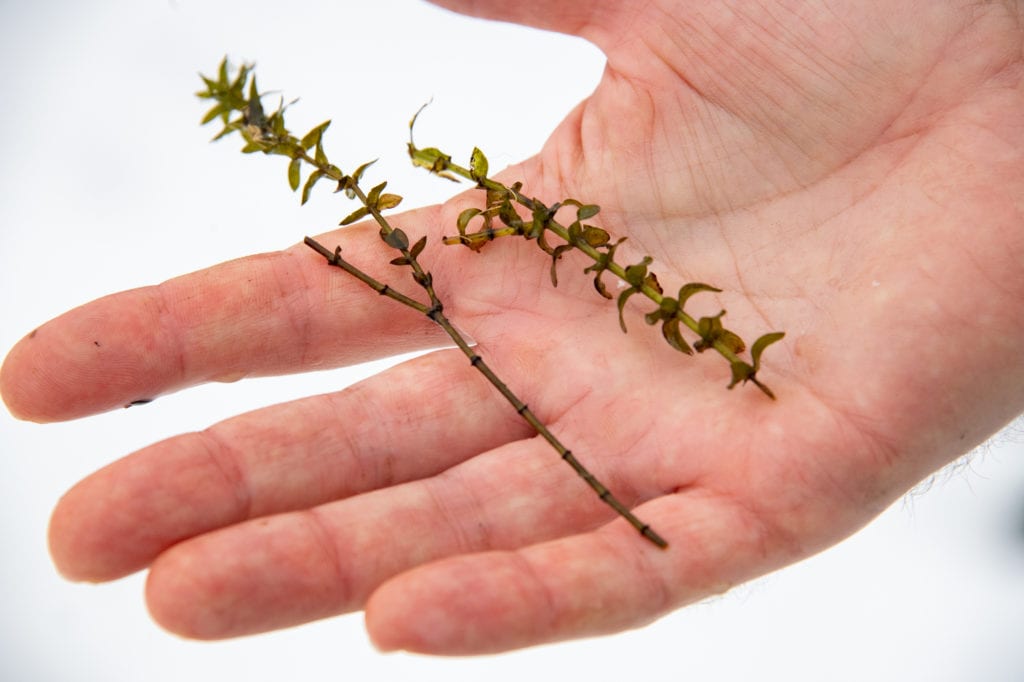
The Alaska Invasive Species Partnership would like to announce Alaska Invasive Species Awareness Week, June 14-20.
The Alaska Invasive Species Partnership is a collaborative effort to raise awareness of the problems associated with non-native invasive species and to bring about greater statewide coordination, cooperation and action to halt the introduction and spread of these invasive species. You can learn more or become a member here: https://www.uaf.edu/ces/invasives/aisp/.
Alaska is blessed with vast and varied ecosystems teeming with plants, fish and wildlife providing nutritional, recreational, cultural, spiritual and economic sustenance to the people of the state.
The introduction and spread of non-native species, known as invasive species, can alter operations of natural systems, including the flow of water, the patterns of wildland fires, the intensity of floods, the flow of nutrition, and the strength of biodiversity.
The effects of invasive species on Alaska’s natural world can degrade the quality of human life by threatening natural food and water resources, damaging cultural resources, impeding commercial and recreational opportunities, and eroding Alaska’s attractiveness as a tourism destination.
Invasive species can be propagated by human travel and commerce through motor vehicles, marine and overland transport, aviation, and other vectors in much the same way as the novel coronavirus is propagating in the current global pandemic.
It is far easier and more cost-efficient to prevent the initial introduction of invasive species into an area than it is to fight already established infestations.
A populace that is informed of the risk of, vigilant against the appearance of, and empowered to counter the nascent threat of invasive species represents a more cost-effective response than the need to spend millions of dollars to manage, control and eradicate established infestations.
We encourage all Alaskans to learn more about invasive species, watch for evidence of invasive species infestations, and report any observations or suspicions about invasive species to an appropriate state or local agency, and thereby support a broad, efficient and effective effort to protect the health and integrity of Alaska’s natural systems and human populations.
We are fortunate and thankful to have the Copper River Watershed Project, U.S. Forest Service, and many partners and volunteers actively working to detect, manage and eradicate invasive species in Cordova, the Copper River Basin, Copper River Delta, and Prince William Sound.





